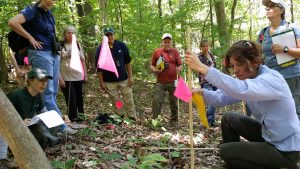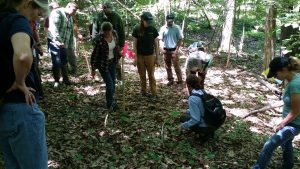
Bumble Bee Watch is a citizen science program whose mission is to track and better understand native North American bumble bee species. Participants can contribute by uploading photos of bumble bees that they have spotted, identifying the species or having the species identified by an expert, and then having their sighting verified so that it can contribute to bumble bee research. This research helps scientists gain a better understanding of bumble bee species distributions, especially for rare and endangered species.
Click here to explore their data, learn more about the program, and discover more ways to get involved.









